Acetone and Flexible PVC: Interaction and Implications
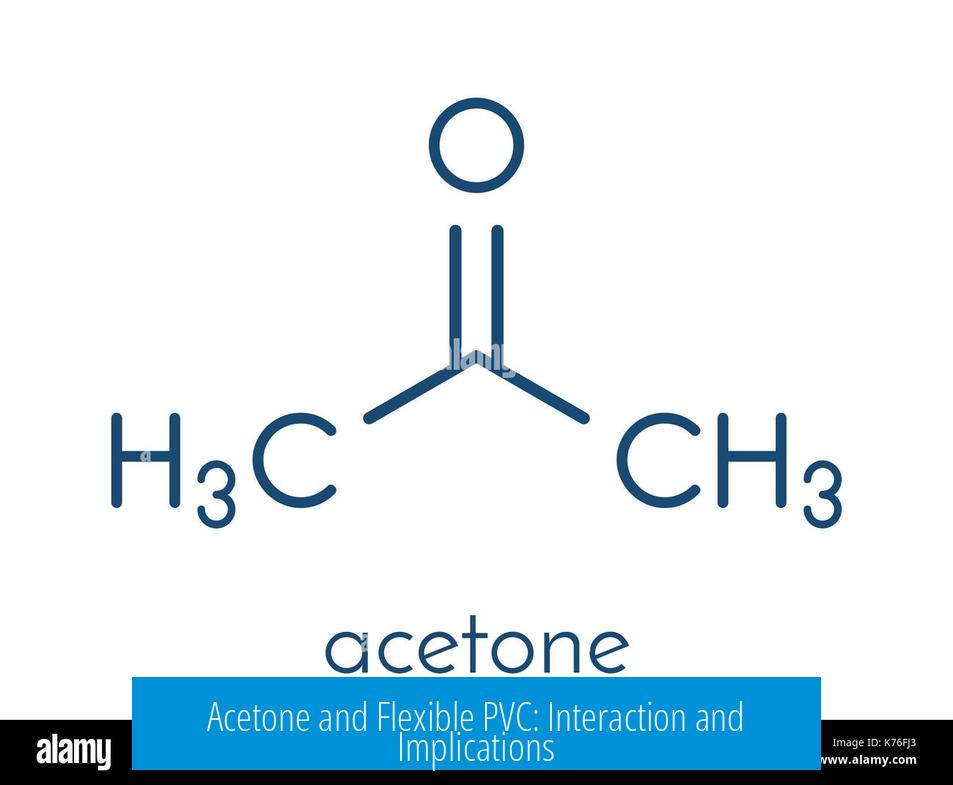
Acetone aggressively affects flexible PVC by penetrating and dissolving its polymer matrix, leading to material damage over time. This interaction makes acetone unsuitable for cleaning or adhesive removal on flexible PVC surfaces where preservation is necessary.
How Acetone Affects Flexible PVC
Acetone acts as a strong solvent for PVC. It physically penetrates the polymer structure, softening and eventually dissolving it. This process compromises the PVC’s integrity and flexibility.
Repeated or prolonged exposure to undiluted acetone accelerates degradation. Over time, the PVC loses its mechanical properties and may warp or crack. This effect results from acetone’s ability to break down the polymer’s molecular framework.
Alternative Solvents for PVC Cleaning
- Methanol
- Ethanol
- Toluene
These solvents selectively remove adhesives and residues without significant PVC damage. They are less aggressive than acetone and allow subsequent washing with water, preserving the PVC substrate.
Solvent Absorption Characteristics of PVC
Flexible PVC readily absorbs many solvents, including acetone. This trait complicates solvent use because absorption can lead to swelling, softening, and weakening of the material.
Such absorption varies with solvent type and temperature, making it essential to understand the solvent-PVC interaction before application.
Challenges in Adhesive Removal from Flexible PVC
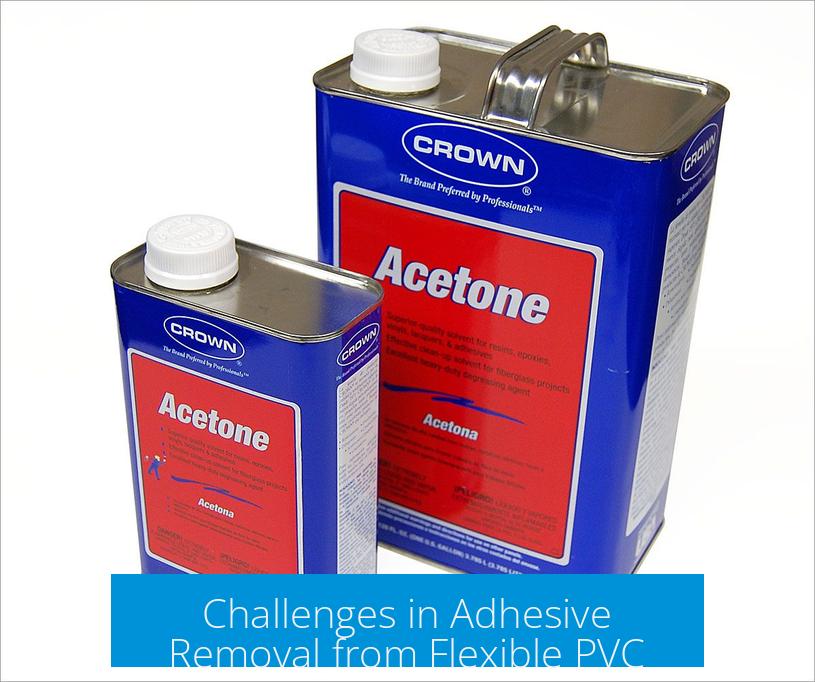
Adhesives used on PVC often have chemical compatibility with the material to ensure durability. This compatibility makes solvent-based removal difficult without damaging PVC.
Mechanical approaches like heat and masking offer limited help. Chemical methods risk dissolving the PVC alongside the adhesive, given the solvent uptake by PVC.
Key Takeaways
- Acetone dissolves and damages flexible PVC by breaking down its polymer matrix.
- Methanol, ethanol, and toluene are safer choices for adhesive removal on flexible PVC.
- PVC absorbs many solvents, influencing its structural integrity during cleaning.
- Adhesives bonded to PVC are chemically compatible, complicating solvent-based removal.
Can acetone be safely used on flexible PVC?
No. Acetone penetrates and dissolves flexible PVC. It corrodes the polymer and causes damage over time.
What solvents are better for removing glue from flexible PVC?
Methanol, ethanol, and toluene are safer alternatives. They remove glue without harming the PVC surface.
Why is removing adhesives from PVC difficult with solvents?
Adhesives are made to bond well with PVC. This chemical compatibility makes it hard to find solvents that remove glue without damaging the material.
How does flexible PVC react with solvents in general?
PVC absorbs many solvents easily, not just acetone. This absorption can cause swelling or damage, so solvent choice is critical.


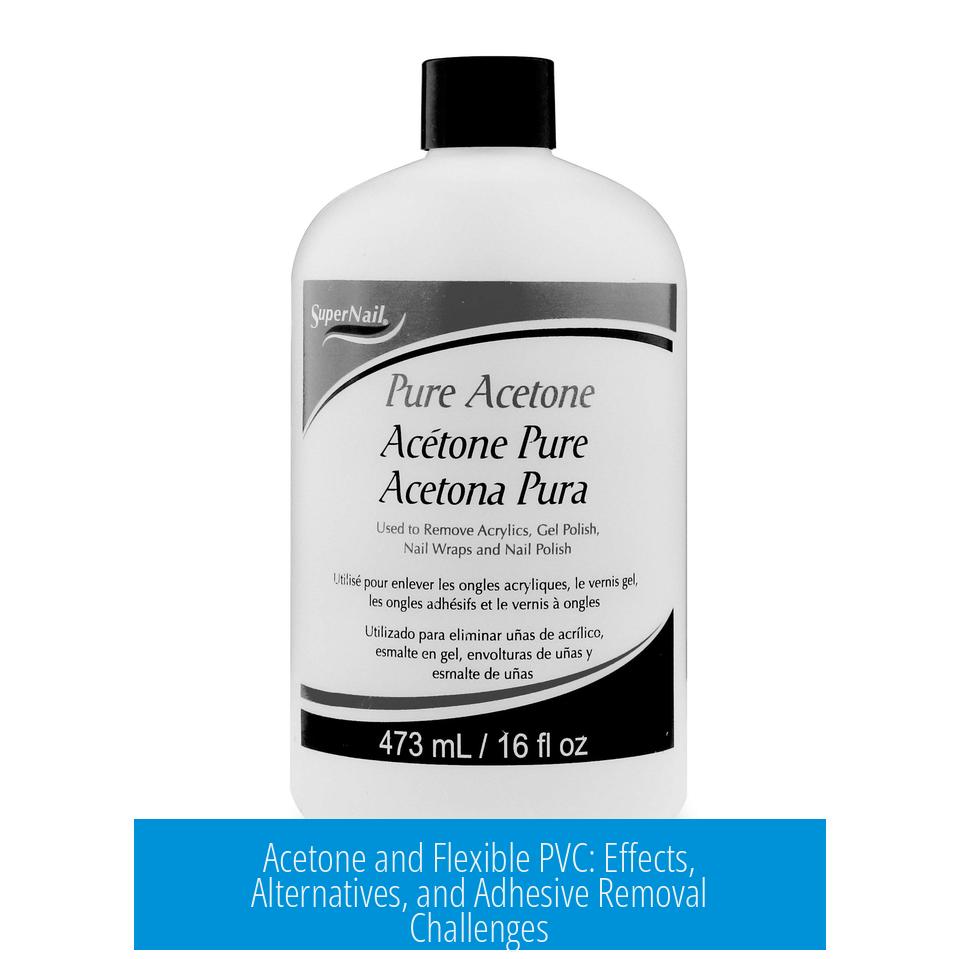
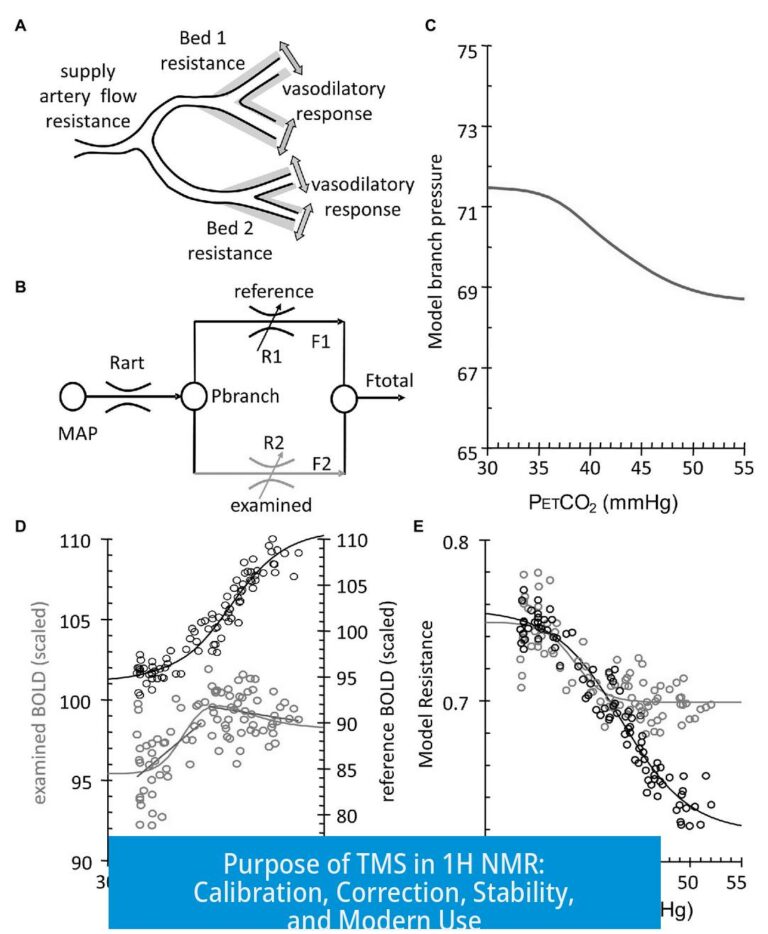
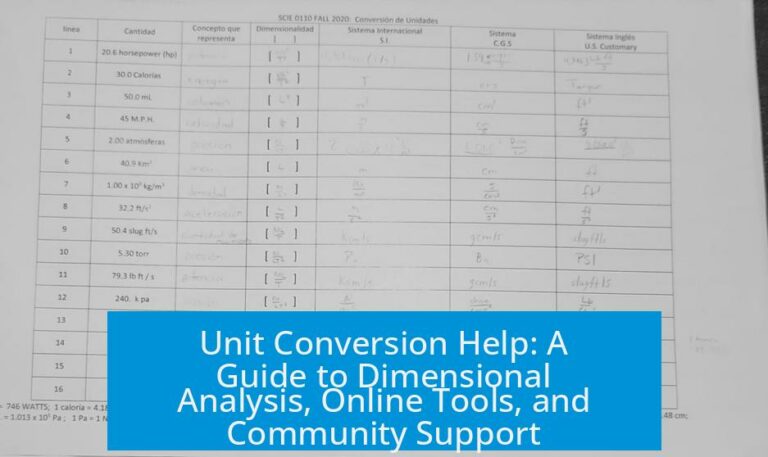
Leave a Comment